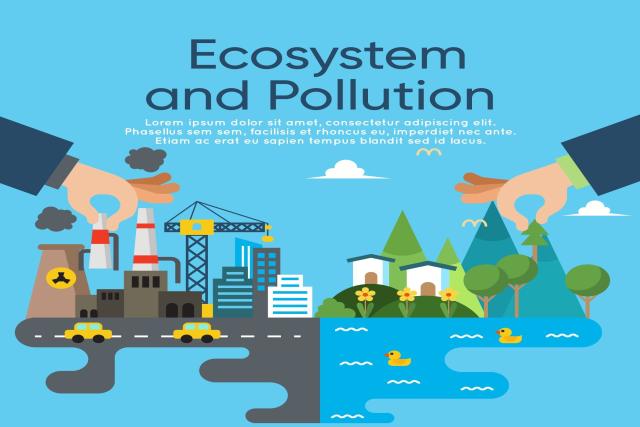
The development of energy recovery from waste and efficiency depends on a large part on waste-to-energy policies. The discovery of global governments for sustainable waste management solutions shows how WTE projects are rolled out based on policies, incentives and regulations. This piece discusses successful policy-powered WTE initiatives as well as government incentives, carbon credit policies and local law structures around the world.
Global and local laws change the adoption of waste-to-energy
The WTE business works within a complex legal scenario that varies from the region and the nation. These rules try to level energy production with environmental stability.
1. International Waste-to-Energy Regulations
European Union (EU):
The Waste Framework Directive of the EU sets a waste hierarchy stipulating that waste prevention, recycling, and energy recovery should come before landfilling. The Directive on Industrial Emissions (IED) also imposes strict emission limits on WTE plants.
United States:
Under the Clean Air Act (CAA) and the Resource Conservation and Recovery Act (RCRA), the Environmental Protection Agency (EPA) governs WTE facilities, defining emissions and waste handling standards.
China:
Under the 14th Five-Year Plan, China has been very aggressive in expanding WTE projects and tightening air quality criteria.
2. Local Regulations and Compliance Standards
According to local environmental and public health issues, different nations have particular waste-to-energy compliance regulations.
- The Solid Waste Management Rules (2016) in India support WTE plants but also establish pollution control standards.
- Energy from waste in Japan is subject to strict environmental restrictions that call for sophisticated filtration and gas-cleaning systems.
- Under its National Solid Waste Policy, Brazil emphasizes municipal waste management and supports WTE.
Government Incentives for Waste-to-Energy Programs
Governments all over the world provide incentives to encourage quicker WTE uptake. These are subsidies, grants, and tax incentives that help to make initiatives cost-effective.
1. Renewable energy tax credits 3-line items
- The United States of America WTE developers can find financial support in the Production Tax Credit (PTC) and Investment Tax Credit (ITC).
- The European Union Renewable Energy Directive categorizes WTE as a renewable energy, hence grants are provided to installations running biomass waste.
- To stimulate WTE energy production, Germany and Sweden offer feeding payments.
2. Waste-to-Energy Carbon Credit
- WTE initiatives in underdeveloped countries can receive carbon credits under the Clean Development Mechanism of the United Nations, therefore permitting them be sold to more advanced nations.
- WTE facilities are part of California's Cap and Trade Program, which offers monetary incentives meant to help lower emissions.
- Rewarding low-carbon waste management, the National Emissions Trading Scheme (ETS) includes WTE projects.
Compliance hinders the development of waste-to-energy systems
WTE installations have major compliance issues even if they enjoy policy support.
- Meeting rigorous waste-to-energy performance criteria calls for sophisticated pollution control technology.
- Public Opposition: Project delays or cancellations typically result from worries about health hazards from air pollution.
- Financial Barriers: WTE facilities rely on private investments and government incentives due to their large capital expenses.
Successful Policy-Driven Waste-to-Energy Projects
Many nations have effectively combined rules and financial incentives to produce model WTE projects.
1. Sweden Circular Economy Model
Sweden's WTE regulations have all but wiped-out landfills. Strict environmental standards notwithstanding, the country imports waste from nearby countries and transforms it into energy and heat.
2. Singapore’s TuasOne WTE Plant
While benefiting from government grants, TuasOne—one of Asia's biggest WTE facilities—follows stringent compliance standards to help Singapore attain its sustainable waste management objectives.
3. Energy Recovery Facilities (ERFs) of the United Kingdom.
The UK has accepted strict environmental standards on energy from waste and simultaneously provided subsidies for low-carbon WTE facilities, therefore increasing energy recovery rates.
The Bottom Line
By enforcing ecological standards and encouraging sustainable energy recovery, waste-to-energy policies help to define the sector. Strict compliance standards guarantee the environmental feasibility of WTE projects, which financial support comes from government policies, tax incentives, and carbon credit programs. Successful policy-driven projects across the world show a good WTE sector may be fundamental to sustainable waste management. The sector has to keep changing to satisfy energy and ecological objectives as rules change.






